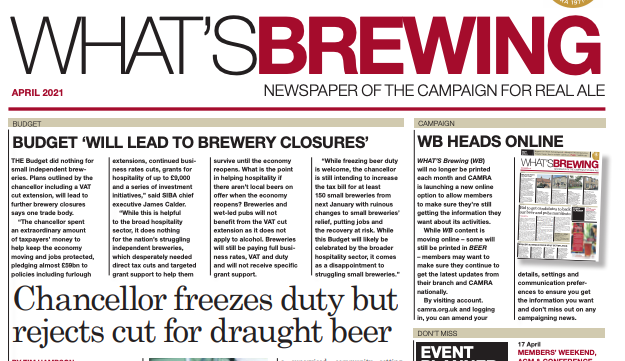What did we learn from the Noughties US beer boom?

I’m writing this from the USA. Specifically, the city of Fort Collins, Colorado, a town that has become a home from home for me since my dad decided to emigrate here for work in 2010, and subsequently retire and make it his permanent place of residence.
When my dad relocated, I got to spend a couple of weeks out here with him, a lot of which involved visiting breweries, taprooms and specialist beer bars. This is something I’ve spoken about many times before, so I’ll keep it brief: the experience changed my perspective about beer forever, and inspired me to start writing about it, ultimately becoming my career.
I already felt enthusiastic about beer by the time I first visited the US, and enjoyed regularly seeking out local pubs and breweries when I travelled throughout the UK. Despite this, I couldn’t help but fall head over heels for American beer. Compared to the UK, I found the scene here to be incredibly mature and well developed from both a commercial perspective, and how delicious and high quality the beers I tasted were. What impressed me most, however, was how its brewery taprooms offered an alternative to the traditional pub or bar; welcoming, community-driven spaces that felt a million miles away from the old-school boozers back home in England. When I returned home, I continued to crave these kinds of beers and similar environments to enjoy them in.
With over a decade of hindsight, I now realise that the more traditional beer and pubs at home weren’t the problem. As a young, millennial man, then in his late 20s, I craved something different from the norm that were my dad’s experiences when he was the same age – namely traditional pubs and pints of bitter. American beer and taproom culture gave me this outlet.
It’s obvious to me now that I wasn’t alone in feeling this way, because in the decade that followed, American beer culture took the UK by storm, inspiring literally thousands of breweries to open their doors, and brew beers that were as far away from brown bitter as they possibly could.
Of course, American-hopped beers weren’t new to the UK when this happened. Brewers like Sean Franklin at Roosters and Brendan Dobbin at the now defunct West Coast Brewing Company ran UK-based breweries that experimented with American hops at least 20 years before the likes of the Kernel and Cloudwater first opened their doors. It wasn’t simply the beer these new breweries produced however, but the overall approach, and how it was presented. Inspired by a rapidly developing, modern American beer culture, this gave something for young drinkers like myself who were excited about this culture something to sink their teeth into. In fact, how this affected beer in the UK formed the basis of my first book for CAMRA, Modern British Beer.
Times have changed since then. Perhaps, more importantly, we have. We got older. Before the Covid-19 pandemic began I was still very much seeking out the most exciting new IPAs from the latest, most talked about UK breweries. The enforced period of reflection that lockdown brought with it, however, made me long for the pub, and delicious, perfectly conditioned pints of cask ale. A feeling that has not diminished an iota since.
The wave of breweries that emerged in the decade previous also began to experience these cravings, many of them turning their hands to producing traditional, cask beers of their own. It turns out that the idea of constantly chasing something new and innovative can only sustain you for so long, and that it can, eventually, become quite exhausting. Suddenly, the idea of a nice pint of brown bitter in a cosy, traditional pub, was becoming the experience that beer drinkers my age were craving. Is this simply because we were getting older?
I feel that there is, perhaps, something more to this phenomenon. Recently, while researching my new book Manchester’s Best Beer Pubs and Bars, I had the pleasure of visiting both the Swan and Railway Hotel in Wigan, and Oldham’s Fox and Pine, which was recently named Greater Manchester’s Regional Pub of the Year. In these pubs, I drank draught Bass, a beer I used to dislike, but on these occasions, found great joy and comfort in its soft, drinkable, malty flavour.
Somehow, the combination of these pubs, and their welcoming atmospheres, combined with this quintessentially traditional beer, gave me those same feelings of both excitement and contentment I felt when touring American taprooms more than a decade ago. Perhaps this isn’t about getting older, in a numerical sense, but finding a different level of maturity in terms of beer drinking.
When the new wave of American-inspired breweries opened in their droves across the UK, we called it “craft beer”. To them, being disruptively different to the norm was the point. As they’ve gotten older both these breweries, and the people, like me, who drank their beer, have realised that, actually, we had it pretty good all along. Traditional British beer, and the pubs that sell it, is the very essence of “craft” beer. Now that we’ve all grown up a bit (in age, at least) maybe it’s time we dropped the c-word forever and accept how wonderful and varied British beer culture has become, be it modern, traditional, or anywhere in-between.

 view archive
view archive
 view events
view events